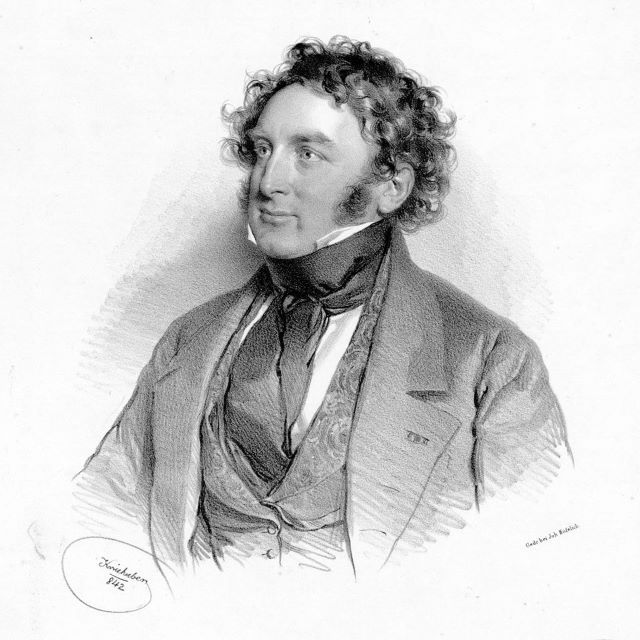The Reckless Life of Nicholas-Charles Bochsa: The Paganini of the Harp
Discover the fascinating and scandalous life of Nicholas-Charles Bochsa, considered the "Paganini of the harp". From his musical genius and technical innovations to his womanizing ways, forgery convictions, and bigamy scandal, explore the twists and turns of this remarkable artist's life.





